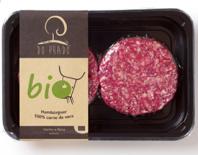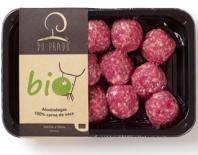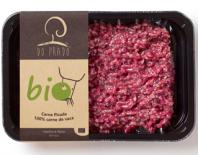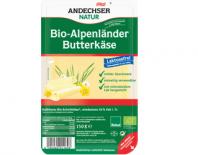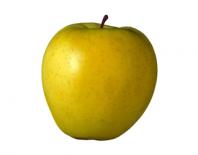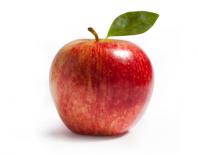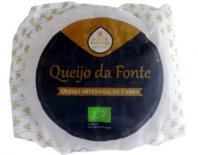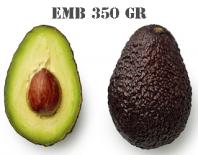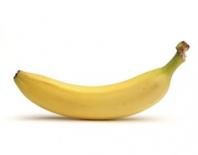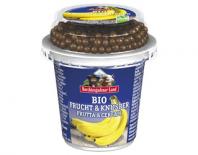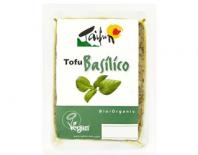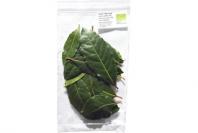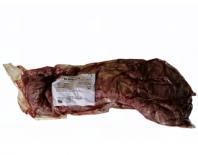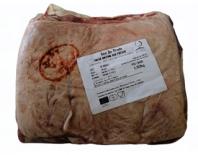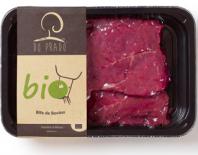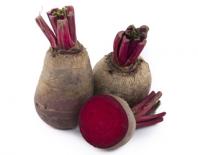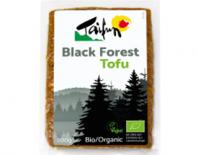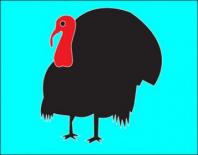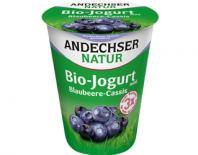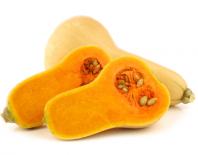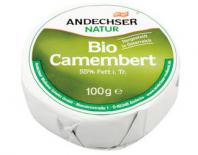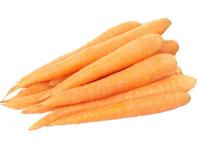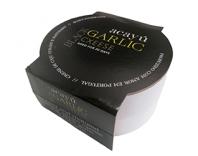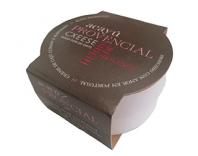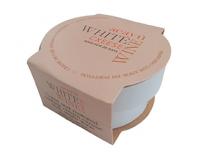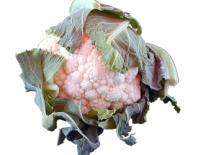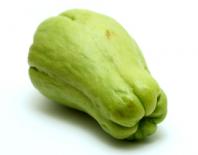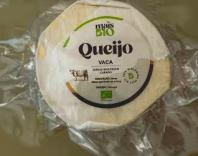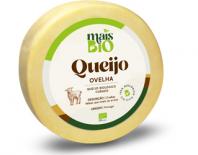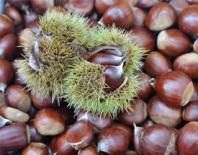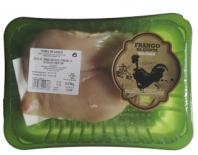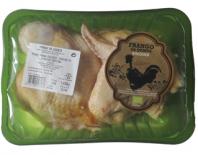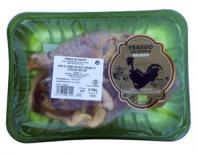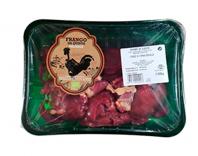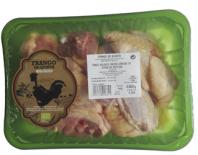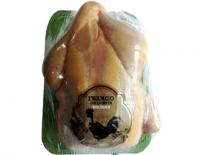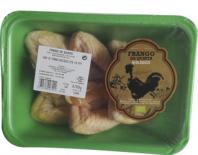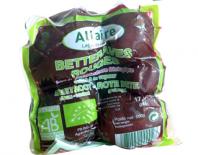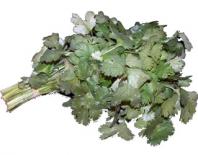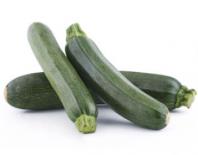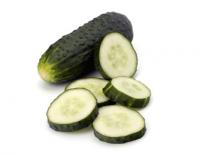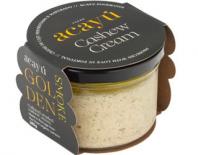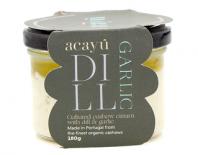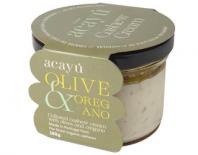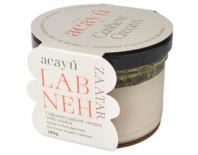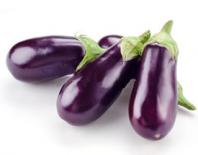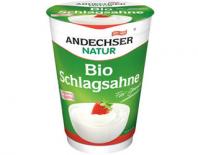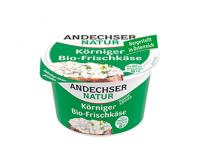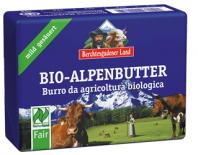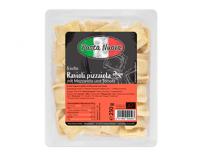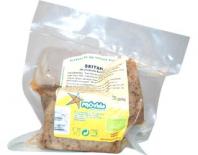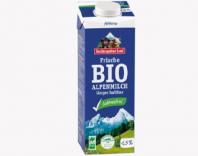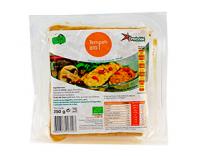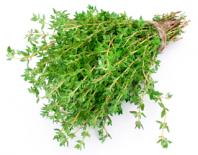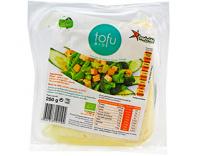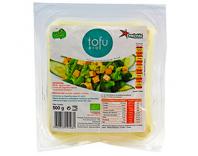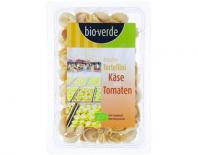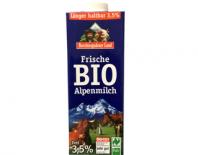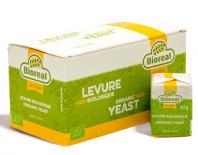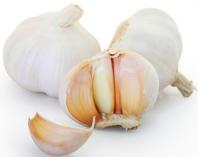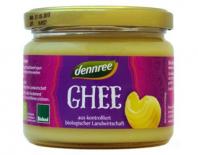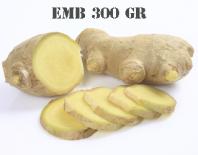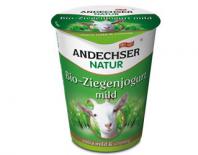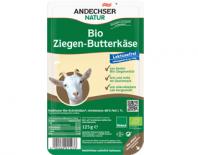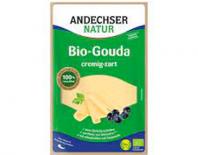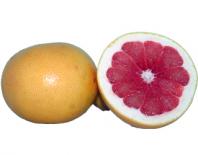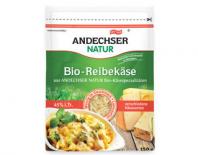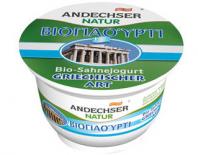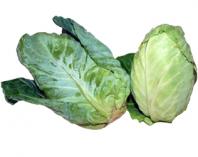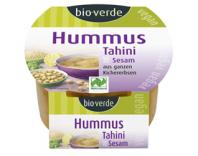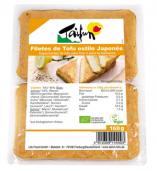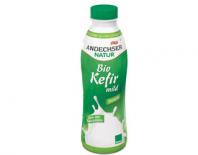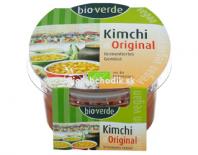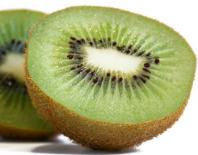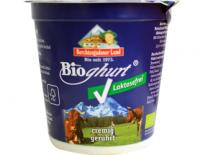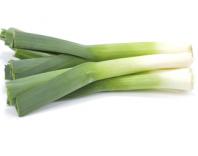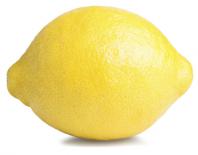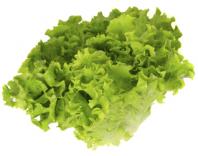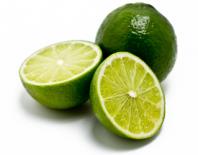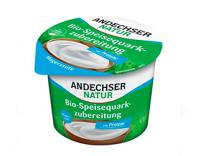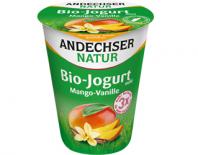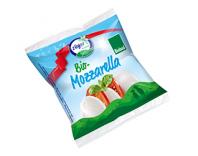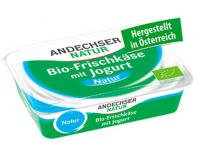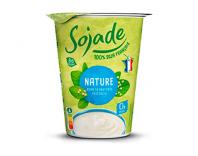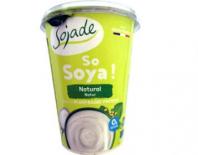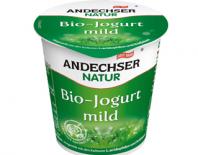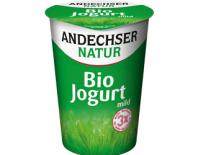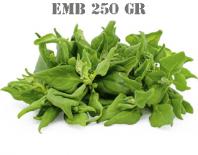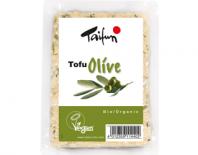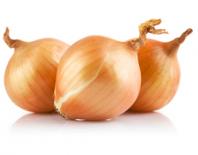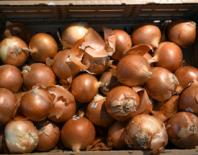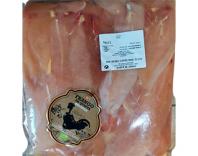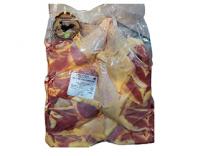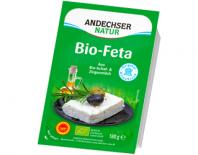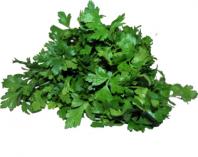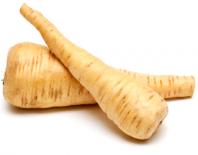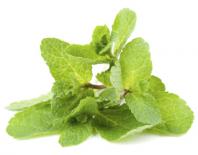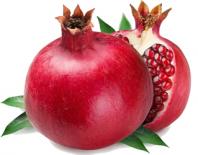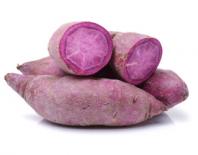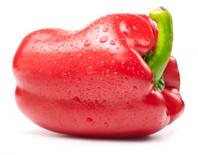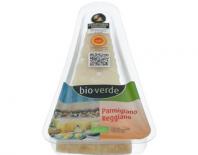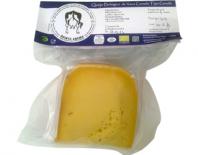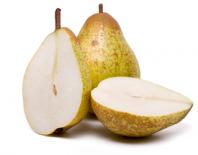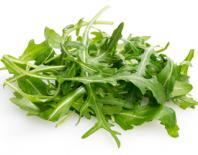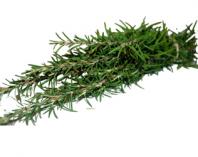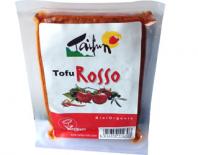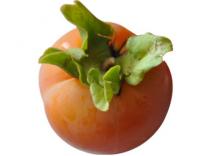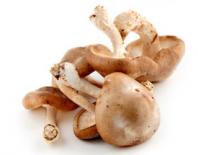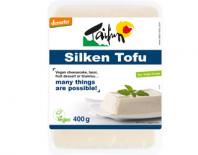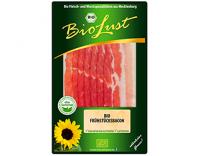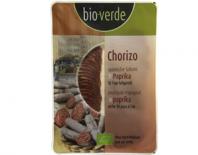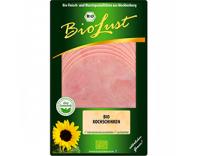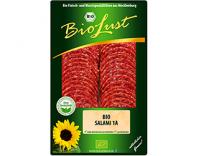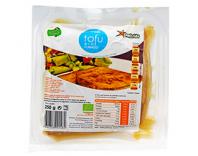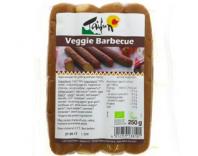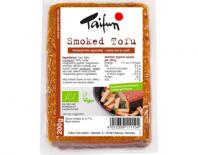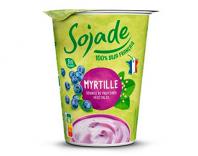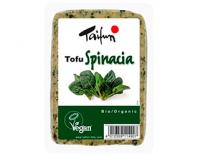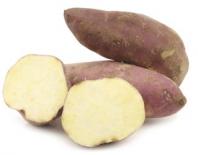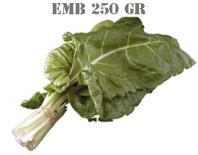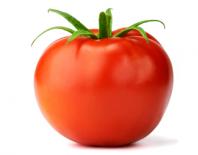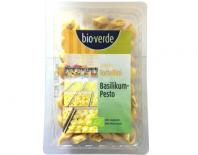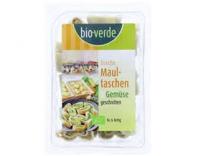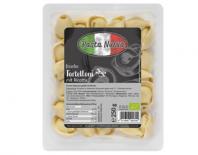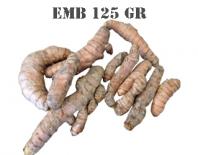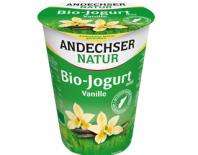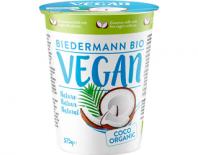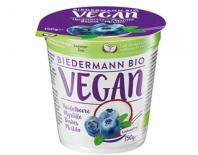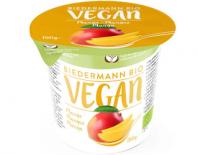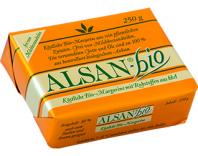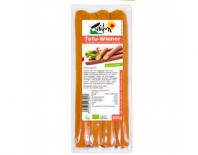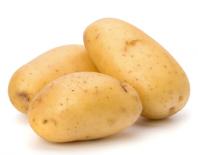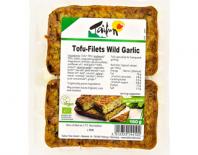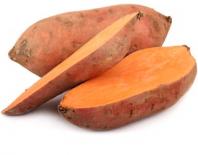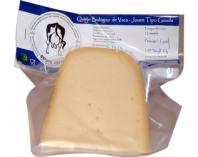/
REFERENCE
GROUP
FAMILY
CATEGORY
AMOUNT
UNIT
PACKAGING
PRICE PER
€ 0,00
ORIGIN
100% beef hamburguer geo do prado pack 320gr

 €8,95
€8,95
Unid
100% beef meatballs geo do prado pack 420gr

 €7,95
€7,95
Unid
100% beef minced meat geo do prado pack 320gr

 €8,95
€8,95
Unid
alpes cheese sliced 50% andechser 150gr

 €4,40
€4,40
Unid
apple golden

 €3,70
€3,70
Kg
apple, royal gala

 €3,80
€3,80
Kg
artisan cured goat cheese quejo da fonte 425gr

 €16,20
€16,20
Unid
avocado bacon

 €7,90
€7,90
Kg
avocado hass pack 350gr

 €3,95
€3,95
Unid
banana

 €2,75
€2,75
Kg
banana madeira

 €4,60
€4,60
Kg
banana yoghurt with choc balls 3,9% berchtesgadener 150gr

 €1,50
€1,50
Unid
basil tofu taifun 200gr

 €3,60
€3,60
Unid
bay leaf

 €1,50
€1,50
Molh
beef fillet steak geo do prado kg

 €59,90
€59,90
Unid
beef sirloin steak geo do prado kg

 €56,50
€56,50
Unid
beef steak geo do prado pack 320gr

 €9,20
€9,20
Unid
beetroot

 €2,90
€2,90
Kg
black forest tofu taifun 200gr

 €3,60
€3,60
Unid
black label cured goat cheese roll santa gadea 180gr

 €5,50
€5,50
Unid
black turkey breast +-500gr pack

 €39,90
€39,90
Kg
black turkey full leg

 €26,18
€26,18
Kg
black turkey leg

 €21,90
€21,90
Kg
blueberry cassis yoghurt 3,7% andechser 400gr

 €2,50
€2,50
Unid
butternut pumpkin

 €2,90
€2,90
Kg
camembert cheese 60% andechser 100gr

 €2,86
€2,86
Unid
carrot

 €2,13
€2,13 2,50
Kg
cashew black garlic cxeese acayú 150gr

 €6,95
€6,95
Unid
cashew herbes de provence cxeese acayú 150gr

 €6,95
€6,95
Unid
cashew white wine cxeese acayú 150gr

 €6,95
€6,95
Unid
cauliflower

 €6,50
€6,50
Kg
chayote

 €3,30
€3,30
Kg
cheese cured cow sabores da soalheira 500gr

 €11,90
€11,90
Unid
cheese cured sheep + bio Kg (average weight 1kg)

 €26,50
€26,50
Unid
cheese cured sheep sabores da soalheira 500gr

 €12,90
€12,90
Unid
chestnut

 €8,90
€8,90
Kg
chicken breast

 €26,90
€26,90
Kg
chicken gibblets

 €7,90
€7,90
Kg
chicken half

 €14,90
€14,90
Kg
chicken legs

 €16,95
€16,95
Kg
chicken livers 400gr

 €5,50
€5,50
Unid
chicken pieces

 €14,90
€14,90
Kg
chicken whole

 €13,95
€13,95
Kg
chicken wings

 €7,90
€7,90
Kg
chives

 €1,45
€1,45
Molh
cooked vacuum beetroot allaire 500gr

 €3,10
€3,10
Unid
coriander

 €1,50
€1,50
Molh
courgette

 €2,95
€2,95
Kg
cucumber

 €3,90
€3,90
Kg
cultured smoked cashew cream acayú

 €6,95
€6,95
Unid
cultured cashew cream with dill & garlic acayú

 €6,95
€6,95
Unid
cultured cashew cream with olives & oregano acayú

 €6,95
€6,95
Unid
cultured cashew cream with za´atar acayú

 €6,95
€6,95
Unid
cured goat red label santa gadea 155gr

 €6,50
€6,50
Unid
dill

 €1,45
€1,45
Unid
eggplant

 €3,60
€3,60
Kg
fresh butter 82% andechser 250gr

 €5,30
€5,30
Unid
fresh cream 32% andechser 200ml

 €2,20
€2,20
Unid
fresh granulated cheese 20% andechser 200gr

 €2,60
€2,60
Unid
fresh pure butter 82% berchtesgadener land 250gr

 €4,50
€4,50
Unid
fresh ravioli with cheese honey & walnut bio verde 250gr

 €5,75
€5,75
Unid
fresh ravioli with mozzarela & tomatoes pasta nuova 25gr

 €4,25
€4,25
Unid
fresh seitan provida 250gr

 €2,95
€2,95
Unid
fresh semi skimmed milk 1,5% berchtesgadener land 1lt

 €2,40
€2,40
Unid
fresh tempeh provida 250gr

 €3,80
€3,80
Unid
fresh thyme

 €1,50
€1,50
Molh
fresh tofu provida 250gr

 €2,10
€2,10
Unid
fresh tofu provida 500gr

 €3,70
€3,70
Unid
fresh tortellini with cheese & tomato bio verde 200gr

 €4,50
€4,50
Unid
fresh whole skimmed milk 3,5% berchtesgadener land 1lt

 €2,50
€2,50
Unid
fresh yeast bioreal 12 x 42gr

 €11,50
€11,50
cx
garlic

 €9,90
€9,90
Kg
ghee butter denree 240gr

 €8,50
€8,50
Unid
ginger pack 300gr

 €2,90
€2,90
Unid
goats natural yoghurt 3,2% andechser 125gr

 €1,55
€1,55
Unid
goats soft cheese sliced 48% andechser 125gr

 €3,75
€3,75
Unid
gouda cheese sliced 48% andechser 150gr

 €4,20
€4,20
Unid
grapefruit

 €5,50
€5,50
Kg
grapes

 €7,20
€7,20
Kg
grated cheese andechser 150gr

 €3,85
€3,85
Unid
greek cream yoghurt 0,2% andechser 400gr

 €2,50
€2,50
Unid
greek cream yoghurt 10% andechser 200gr

 €1,60
€1,60
Unid
heart cabbage

 €3,30
€3,30
Kg
hokaido pumpkin

 €2,90
€2,90
Kg
hummus with tahini bio verde 150gr

 €3,65
€3,65
Unid
japanese tofu fillets taifun 160gr

 €2,95
€2,95
Unid
kale 250gr

 €2,50
€2,50
Molh
kefir 50% andechser 500gr

 €2,10
€2,10
Unid
kimchi fermented vegetables bio verde 125gr

 €4,40
€4,40
Unid
kiwi

 €6,90
€6,90
Kg
lactose free yoghurt 3,5% berchtesgadener land 150gr

 €0,85
€0,85
Unid
leek

 €3,90
€3,90
Kg
lemon

 €2,90
€2,90
Kg
Lettuce

 €4,95
€4,95
Kg
lime

 €5,50
€5,50
Kg
low fat quark andechser 250g

 €1,95
€1,95
Unid
low fat quark andechser 250g

 €1,60
€1,60
Unid
mango fruit

 €7,90
€7,90
Kg
mango vanilla yoghurt 3,7% andechser 400gr

 €2,50
€2,50
Unid
marron mushrooms kg

 €14,90
€14,90
Kg
mozarella cheese ball züger 100gr

 €1,80
€1,80
Unid
natural fresh cheese 65% andechser 175gr

 €2,95
€2,95
Unid
natural sojade 400gr

 €2,40
€2,40
Unid
natural sojade greek style 400gr

 €2,80
€2,80
Unid
natural sojade greek style 400gr

 €3,50
€3,50
Unid
natural vegan oatgurth biedermann 375gr

 €2,65
€2,65
Unid
natural yoghurt 3,7% andechser 150gr

 €0,85
€0,85
Unid
natural yoghurt 3,7% andechser 500gr

 €2,20
€2,20
Unid
new zealand spinach 250gr

 €1,50
€1,50
Unid
oat vegan cream the vegan cow 250gr

 €4,80
€4,80
Unid
olive tofu taifun 200gr

 €3,60
€3,60
Unid
onion

 €2,90
€2,90
Kg
onion 10kg box

 €26,00
€26,00
Unid
organci chicken breast pack weight average 2kgs

 €26,00
€26,00
Kg
organic chicken legs 2kg weight average pack

 €16,10
€16,10
Kg
original greek feta cheese andechser 180gr

 €5,50
€5,50
Unid
parsley

 €1,50
€1,50
Molh
parsnip

 €3,95
€3,95
Kg
peppermint

 €1,50
€1,50
Molh
picanha geo do prado pack 320gr

 €9,20
€9,20
Unid
pomegranate

 €4,95
€4,95
Kg
probiotic goat kefir 12 +2 santa gadea 420gr

 €3,95
€3,95
Unid
puff pasta natur avenir 230gr

 €2,90
€2,90
Unid
purple sweet potato

 €2,95
€2,95
Kg
red pepper

 €6,90
€6,90
Kg
reggiano parmesan cheese bio verde 125gr

 €7,20
€7,20
Unid
reineta apple

 €3,60
€3,60
Kg
ripened cow cheese gouda

 €24,90
€24,90
Kg
rock pear

 €3,60
€3,60
Kg
rocket salad 100gr

 €2,20
€2,20
Emb
rosemary

 €1,50
€1,50
Molh
rosso tofu taifun 200gr

 €3,60
€3,60
Unid
sharron fruit

 €3,90
€3,90
Kg
shii-take mushrooms kg

 €14,90
€14,90
Kg
silken vegan tofu taifun 400gr

 €3,30
€3,30
Unid
sliced bacon biolust 100gr

 €4,70
€4,70
Emb
sliced chorizo salami bio-verde 80gr

 €5,20
€5,20
Emb
sliced pork ham biolust 80gr

 €4,95
€4,95
Emb
sliced salami biolust 80gr

 €3,95
€3,95
Emb
smoked tofu provida 250gr

 €3,70
€3,70
Unid
smoked tofu sausages taifun 250gr

 €4,20
€4,20
Unid
smoked tofu with almons and sesame taifun 200gr

 €3,60
€3,60
Unid
soy yoghurt with blueberrys sojade 400gr

 €3,50
€3,50
Unid
spinach tofu taifun 200gr

 €3,60
€3,60
Unid
sweet potato

 €2,80
€2,80
Kg
swiss chard 250gr

 €1,50
€1,50
Unid
tomato

 €4,90
€4,90
Kg
tortellini with pesto bio verde 200gr

 €4,50
€4,50
Unid
tortellini with pesto bio verde 200gr

 €5,35
€5,35
Unid
tortellini with ricotta cheese pasta nuova 250gr

 €4,40
€4,40
Unid
turmeric pack 125gr

 €1,50
€1,50
Unid
vanilla yoghurt 3,7% andechser 400gr

 €2,50
€2,50
Unid
vegan cocogurte natural biedermann 150gr

 €1,95
€1,95
Unid
vegan cocogurte natural biedermann 375gr

 €3,60
€3,60
Unid
vegan cocogurte with blueberries biedermann 150gr

 €1,94
€1,94
Unid
vegan cocogurte with mango biedermann 150gr

 €1,94
€1,94
Unid
vegetable margerine alsan-bio 250gr

 €2,95
€2,95
Unid
vienense type sausages taifun 300gr

 €4,90
€4,90
Unid
white potato

 €2,95
€2,95
Kg
wild garlic tofu fillets taifun 160gr

 €3,20
€3,20
Unid
yams

 €2,80
€2,80
Kg
young cow cheese gouda

 €21,50
€21,50
Kg





